
Josh Styles has been captivated by plants since the age of 6, which has carried over to now in his mid twenties and his love for plants has allowed him to get quite a bit done. Through university, he managed to balance three jobs and other volunteer commitments with his undergraduate ecology degree, and still get a 1st class degree with a number of awards for academic achievement and contribution to nature conservation. At the moment, Josh operates as the Project Coordinator for the North-West Rare Plant Initiative, as a Senior Ecologist with Tyrer Ecological Consultants Ltd and also runs British Botany Training whilst studying for his Masters degree at MMU. Twitter: @joshual951
Three fantastical things you didn’t know about PLANTS
Plants are AMAZING. They are the cornerstone of biological life on Earth, give us over a quarter of our pharmaceuticals, and are just as captivating as any vertebrate. Whilst we might think of plants as green, inanimate objects cloaking the landscape, they are devious, fearsome, and even have some pretty close allies, all in a bid to continually gain a competitive edge. Whether it’s the adaptations which allow some of them to act as parasites, or to capture, maim and digest animals for food, or the close symbioses with fungi or bacteria that fix nutriment from the soils and air, I think plants are downright spectacular creatures.
Their beauty, boundless pharmaceutical potential and incredible adaptations aside, I wanted to author this short article to quite simply detail some fairly oddball facts about plants, that I hope inspires you to observe and love plants as much as I do…
On the promiscuity of Red Campion
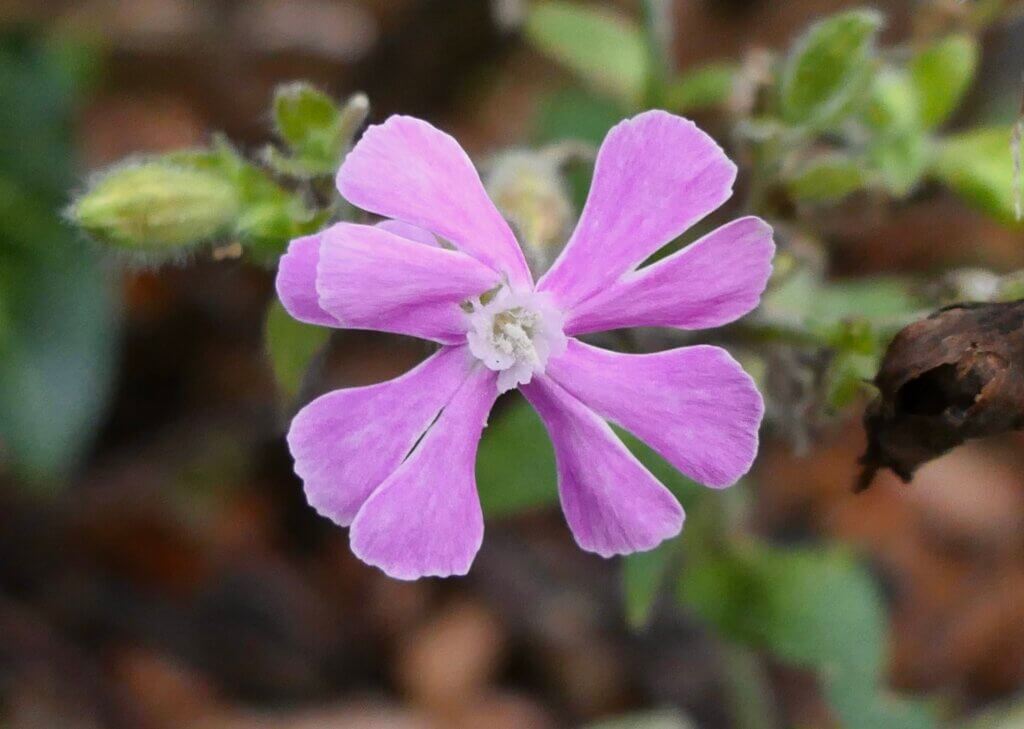
Many people reading this may know what Red Campion (Silene dioica) looks like, being a fairly common wildflower. You may even know about the grubby caterpillars of the campion moth (Hadena rivularis) that bury into the capsules of campion and eat its seeds…But did you know that Red Campion is also regularly infected by a sex-changing STI?
Red Campion is a species of plant that is dioecious, that is to say, it has different male and female plants, one producing anthers and the other producing the pistil, respectively. The reason for this is to discourage the harmful effects often associated with inbreeding and to promote the exchange of genes between populations. If you were to see an apparently male plant that has produced big anthers coated in a sooty powder however, it might not have started out as a male plant at all.
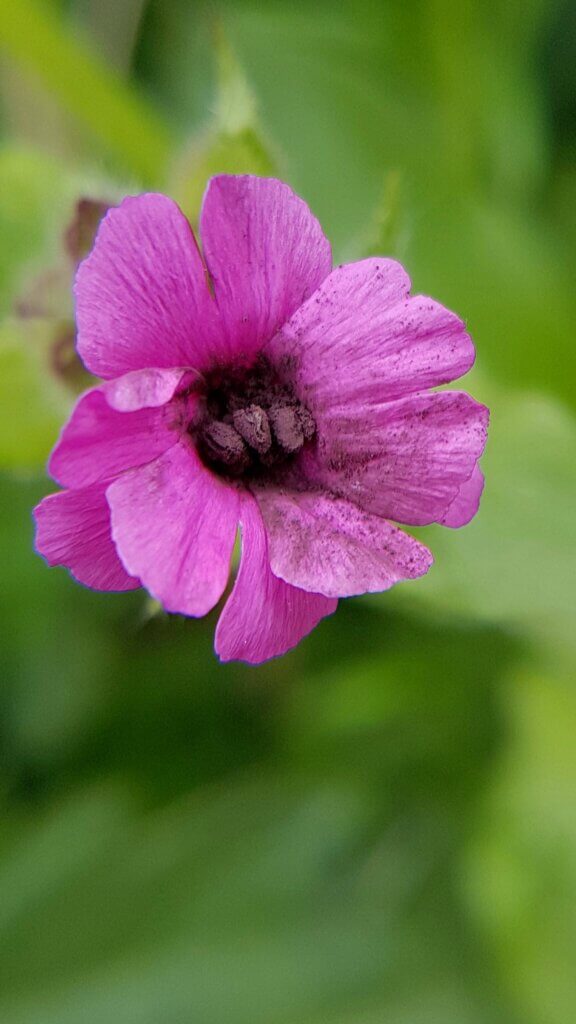
When I tell you about the pathogenic Campion smut fungus (Microbotryum lychnidis-dioicae), which replaces the pollen of infected plants on anthers with spores, you might be forgiven to think that female plants are exempt from infection. What the fungus actually does, however, is pretty incredible! It has evolved to bring about an involuntary sex change in female plants, forcing them to produce anthers. Once plants have been infected by the fungus, the dusky-coloured spores are transported from plant to plant by visiting insects – in this way, the Campion smut fungus is one of a number of botanical Sexually Transmitted Infections found here in Britain!
What have condoms got to do with a group of plants that existed before the time of the dinosaurs?

You might think of crocodiles and alligators as some of the most prehistoric things on the planet, but actually, we have a group of plants right here in the British Isles that predate the dinosaurs by hundreds of millions of years! Whilst the dinosaurs are first recorded in the fossil record around 240 million years ago, the clubmosses first came about around 400 million years ago and were amongst the first land plants after the bryophytes.
Perhaps best described as alien Christmas trees, our clubmosses are probably the most peculiar-looking of our colourful and diverse British flora, whilst many are also very rare. Marsh Clubmoss (Lycopodiella inundata) for example, is known from fewer than 50 places in Britain where it’s listed ‘Endangered’, while Interrupted Clubmoss (Lycopodium annotinum) only grows at one site in Cumbria for England, where it’s listed ‘Vulnerable’.
Aside from their peculiar appearance and ancient history, clubmosses have also been used for some relatively bizarre stuff. Spores of clubmosses have been used in traditional and homeopathic medicine for ailments including eczema, muscle pains, Alzheimer’s disease and stomach pain, plus as a dusting powder in hospitals during the early 1900s which sometimes gave rise to lesions. Perhaps the most peculiar use of clubmoss spores however, might include condom and anal suppository manufacture, where spores are used as a lubricating dust. Contrary to their medical usage, spores are also regularly used for dust explosions in special effects. I doubt the humble clubmosses knew what they were getting themselves into 400 million years ago…
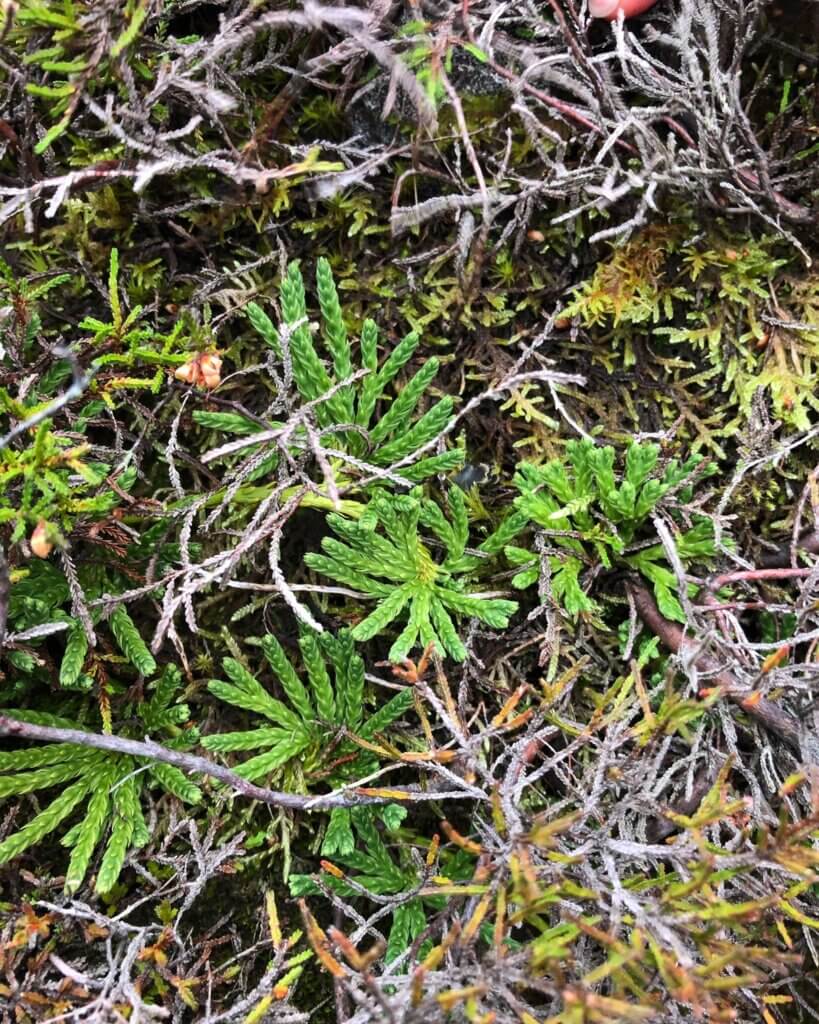
Bladderworts – some of the most successful predators on the planet?
Bladderworts might not be able to induce involuntary sex change, or look like alien Christmas trees, but they are still amongst my most favourite plants found across the British Isles. Whilst they might resemble motionless pond sludge superficially, they are carnivorous and amongst the fastest plants on Earth, able to capture aquatic animals within 1/10,000th of a second! Over eons, the bladderworts have evolved specialised, bladder-like traps that operate via a vacuum mechanism complete with trigger hairs. As soon as a passing water flea or mosquito larva passes over trigger hairs, the trap door opens and sucks its prey into the trap for later digestion.
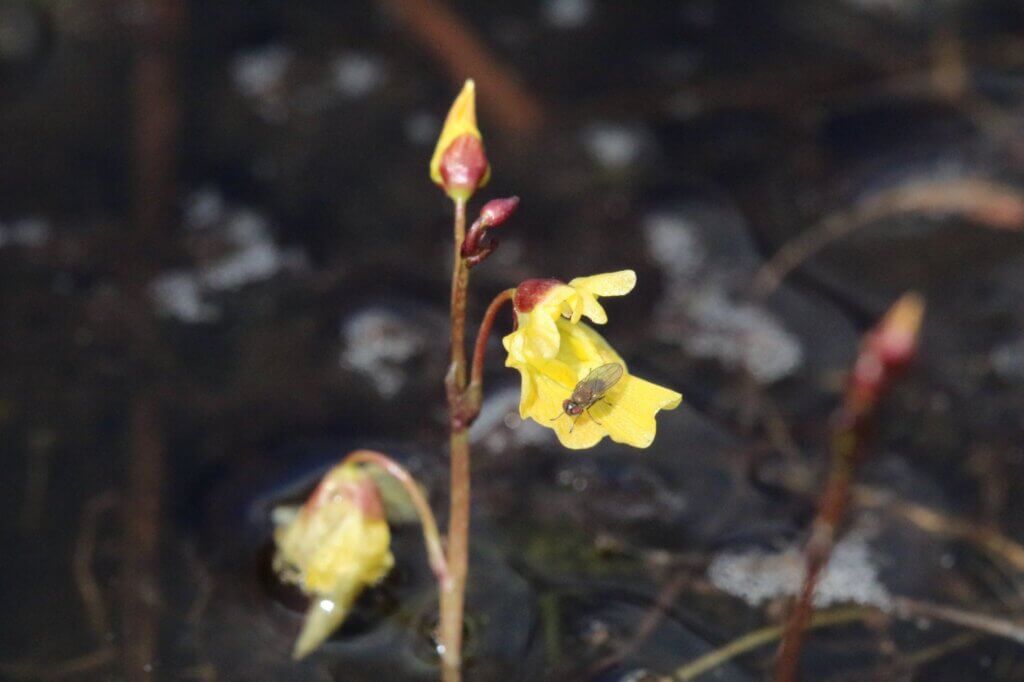
Aside from speed that a peregrine falcon would be envious of, one individual plant of Bladderwort (Utricularia sp.) can consume tens of thousands of animals in a single growing season, which makes these plants amongst the most successful predators on the planet.
Exciting though these plants may be, they evolved this incredible adaptation for a reason – their occupied habitats are highly deficient in key soil nutrients. In order to extract vital nutriments from their environment, these plants resorted to savagery!
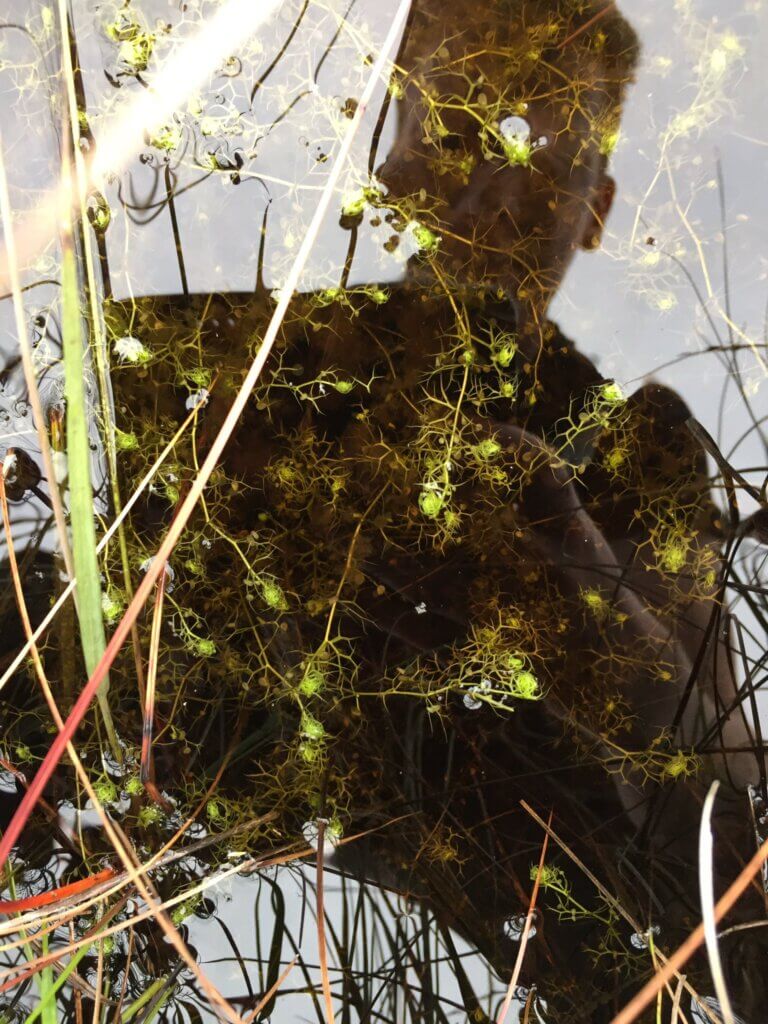
If you want to find out more about plants, there is no better place to start than by joining the Botanical Society of Britain and Ireland (BSBI). They’re a divine organisation that offer all kinds of help to people beginning to delve into plants, from identification and learning resources, to their marvellous BSBI News publication, to access to 100+ plant experts who help with identification. Find out more at bsbi.org.
[registration_form]
Nature is full of bizarre and wonderful stories and is endlessly fascinating. Thank you, Josh, for lifting the veil on these curious aspects of plants’ lives. I was certainly unaware of the uses to which club moss spores are put and am now curious to know how on earth the spores are harvested in quantities sufficient for their various commercial applications!
Brilliant feature. I think there’s an awful lot more interest in plants out there than is realised because, especially for blokes, there’s a bit of a stigma attached (unintended pun) in appreciating plants – I mentioned before the acquaintance who as a wee boy on a council estate secretly made a flower press and collected specimens he hid under his bed. There’s also the issue that plants aren’t promoted for their own worth rather than being there for animals i.e we must ensure there are pretty wildflowers for pollinating insects. ‘Weeds’ don’t get a look in even though they’re often the larval foodplant for many pollinators. The very good thing about plants is that they don’t run, burrow or fly away – not entire ones anyway so they are very accessible and therefore a lot easier to show structural and species diversity to children especially. Definitely seriously under rated, it’s a shame they don’t take more of the centre stage as they do in some of David Bellamy’s books.
For anyone who is interested in smuts and wants to know more I recommend
Woods, R.G., A.O. Chater, P.A. Smith, R.N. Stringer and D.A. Evans (2018). Smut and Allied Fungi of Wales: A Guide, Red Data List and Census Catalogue for Wales. ISBN 978-0-9565750-2-9. Published by A.O. Chater, Aberystwyth. which can be downloaded for free from
https://www.aber.ac.uk/waxcap/links/index.shtml
As if there wasn’t enough smut on the internet!
Lots of other fungi stuff to download as well
Brilliant! Love the enthusiasm, very uplifting!
Great article from one of my favourite botanists 😉
The spores of clubmosses – as lycopodium powder – were also used by cavers as a means of tracing the routes of underground rivers. The powder was put into upstream waters and fine nets were placed at suspected river resurgences. If the distinctive yellow powder showed up in the nets this established an underground connection. It was used as a replacement for fluorescein which was considered to be unsafe in water that might be drunk.
Thank you for this blog. Interesting and fun. I’ve learnt something new today.
Two fantastic things I didn’t previously know about plants.
I had a passing knowledge of bladderworts, but the memory was refreshed/revitalised.
Please return and serve up other unknown/weird stuff, Josh. Plants do sticky stuff. And painful stuff. And what about capsaicin and its role in seed dispersal?
Is it a coincidence that you name is Styles or did you change it? ;o)